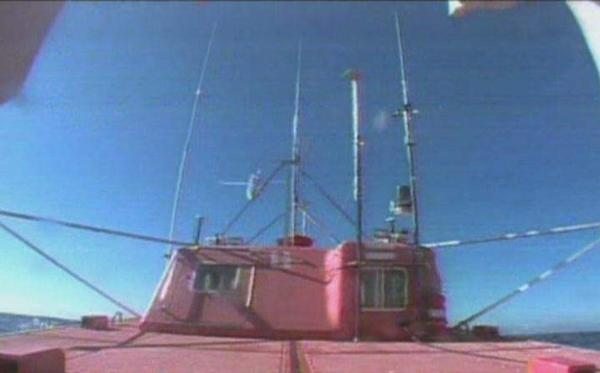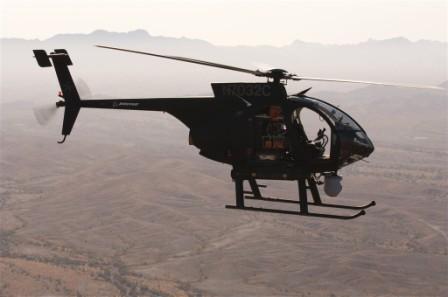The Navy recently completed a milestone test phase for its network-enabled weapon that will give forces greater effectiveness at sea.
Joint Stand-off Weapon (JSOW) C -1, DoD’s first network-enabled weapon, completed developmental test (DT) in late 2011 at Point Mugu Sea Range, Calif. The completion of DT enables the program to transition into the integrated test ahead of schedule.
The air-to-ground, medium-range, precision-guided glide weapon employs a GPS/inertial navigation system and an imaging infrared seeker for terminal guidance.
“This weapon will provide a new and essential capability to the warfighters’ anti-surface warfare weapon inventory,” said Capt. Carl Chebi, JSOW C-1 program manager. “The recent free-flight test demonstrates the JSOW C-1’s effectiveness against moving maritime targets.”
The recent test conducted by Air Test and Evaluation Squadron (VX) 31 verified the weapon’s characteristics meet design performance requirements. The weapon hit its designated target, a QST-35 Seaborne Powered Target (SEPTAR) vessel measuring only 56 feet in length and moving at 15 knots. The test also demonstrated the weapon’s ability to receive in-flight commands and proved its capability of handing off control of the weapon to a third-party platform.
Throughout 2012, VX-31 and VX-9 will conduct two additional maritime free-flight tests as well as two flights against land test in Point Mugu. Tests events will be similar to missions JSOW C-1 will execute when operational.
The maritime tests will refine the data collected, thus far, providing additional assurance of the weapon’s capability against moving maritime targets. The land-based regression testing will focus on verifying that the JSOW C-1’s updated seeker software retained the legacy JSOW C stationary land target capabilities.
“Integrated testing will provide the additional data points we need to refine the weapon’s capabilities, as well as to assess the JSOW C-1 in an operationally representative environment,” said Cmdr. Samuel Hanaki, JSOW deputy program manager.
After the integrated test phase, the program will enter into operational testing in fiscal 2013.











